Traditional Products
Koshu Wine
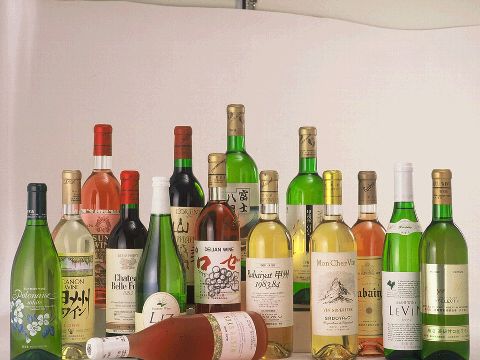
Koshu wine, known throughout the world, was first made in Katsunuma in 1877 by Masanari Takano and Tatsunori Tsuchiya after studying vinification in France. The 100 or so wineries in Katsunuma turn out about 50% of Japan’s domestic wine production. An array of interesting, historical wine-making equipment is on display at the Budo-no-Oka Wine Center.
Inden
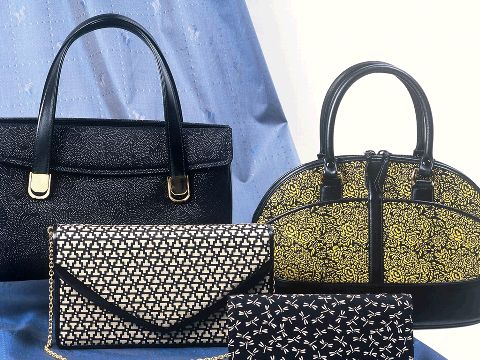
Only produced in Yamanashi, inden are goods made from deerskin with designs in Japanese lacquer. Inden has its origin in the leather accessories that were brought from India in the early Edo period. By late Edo, production had begun on coin purses, waist sashes, cigarette holders and so on. Nowadays, modern items such as purses, wallets, card holders, handbags and belts have been added to the variety of goods available. Inden production still uses its traditional methods.
Hoto
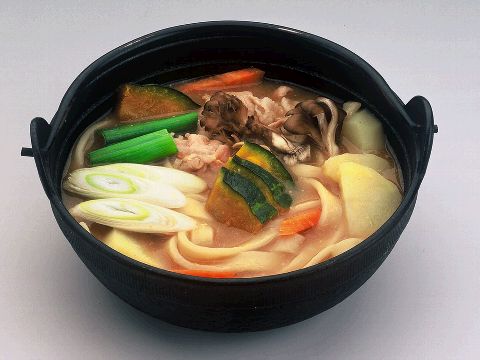
Hoto has its origin in a Chinese food called hakutaku, introduced into Japan in the Heian era by a Chinese Zen priest. Lord Shingen later modified it as a nutritional provision for battle. Because it is easy to prepare and very healthy, people have loved this well-balanced country food for quite some time.
Jewelry
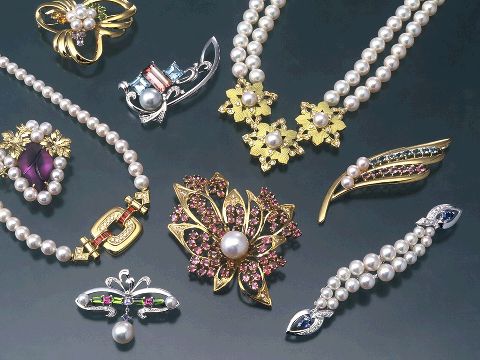
Sharing fame with Idar Oberstein in Germany, Kofu City is one of the leading world centers of stone-cutting and jewelry production. The gem cutting and polishing industry was perfected from techniques brought to Yamanashi by Shinto priests who had learned the procedure in Kyoto, in order to make crystal balls.
Kofu’s advancement in workmanship has ensured a worldwide market for its products--such as crystal, agate, jade and opal--and has earned the city the privilege of maintaining the only jewelry museum in Japan, which is located in Kofu’s Kitaguchi area.
Koshu Fabric
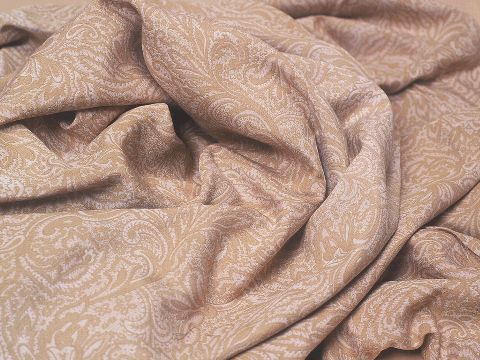
It is said that Koshu fabric production began in the northern foot of Mt. Fuji around 1633, at the encouragement of the lord of a local manor.
The textile industry has developed in this area thanks to favorable environmental conditions which have provided a thriving sericulture industry and rich, pure water--from the melted snow of Mt. Fuji.
Bed linens, ties and dress material made of Koshu fabric have all come into wide use not only in Yamanashi, but all over the nation.